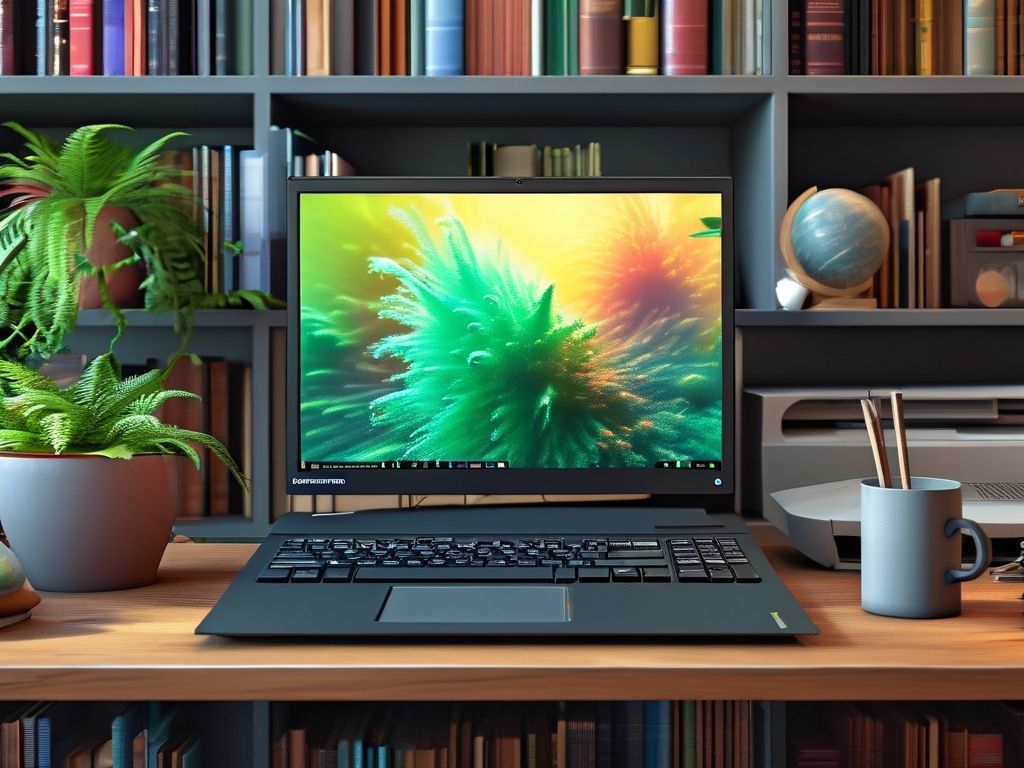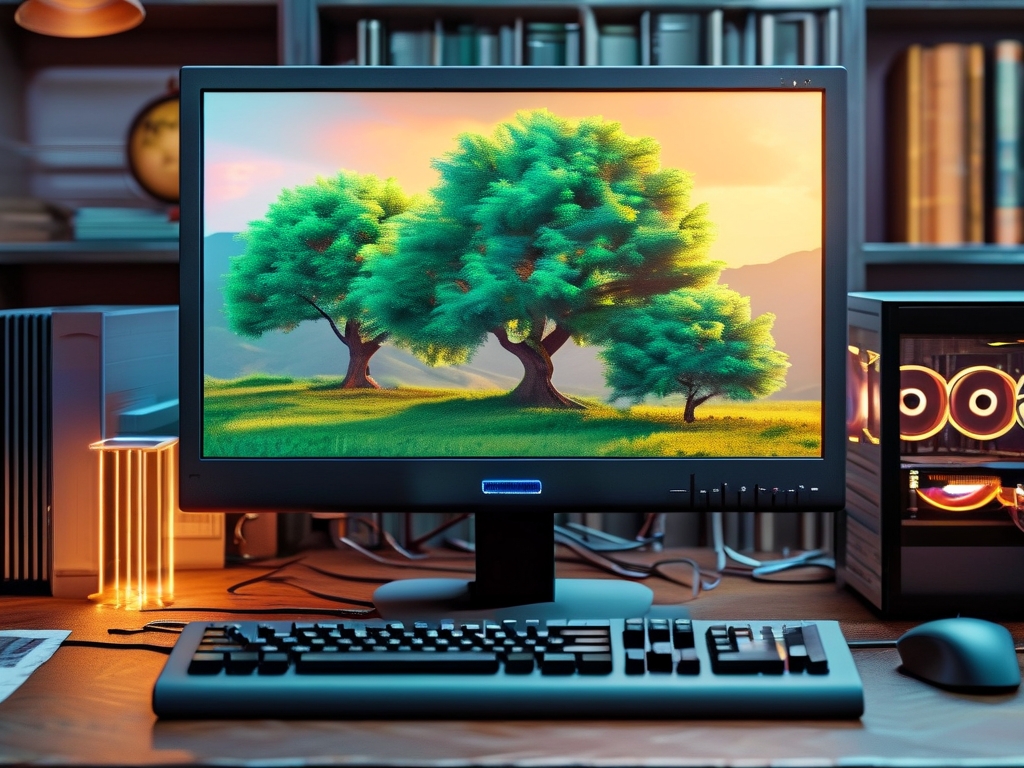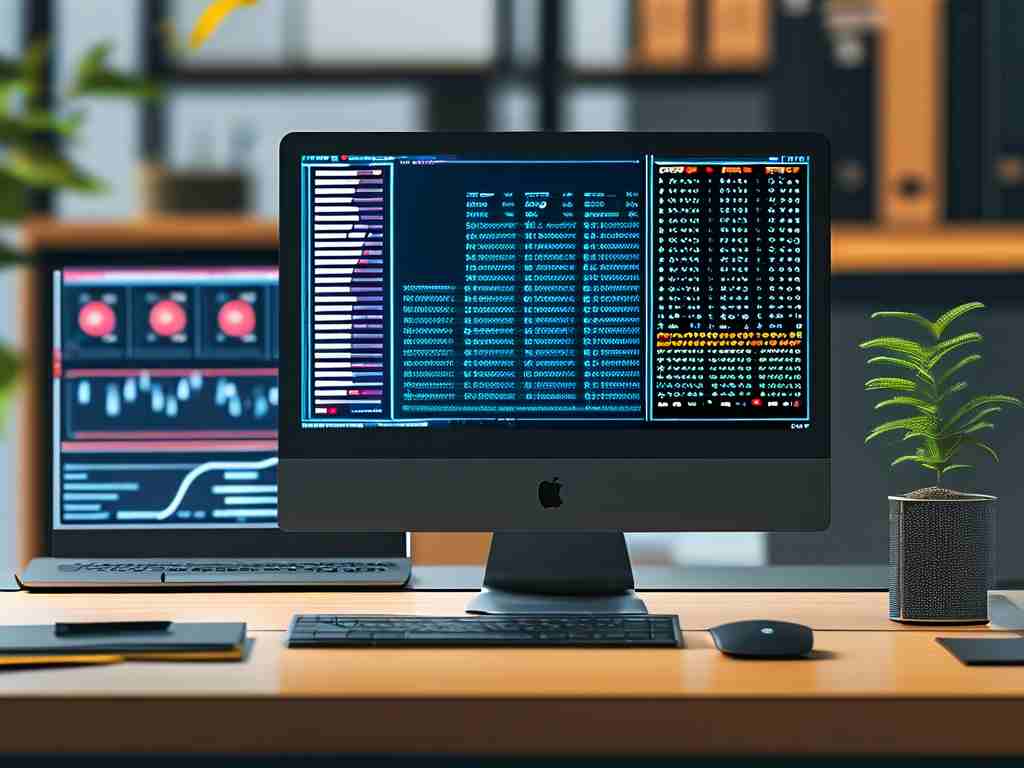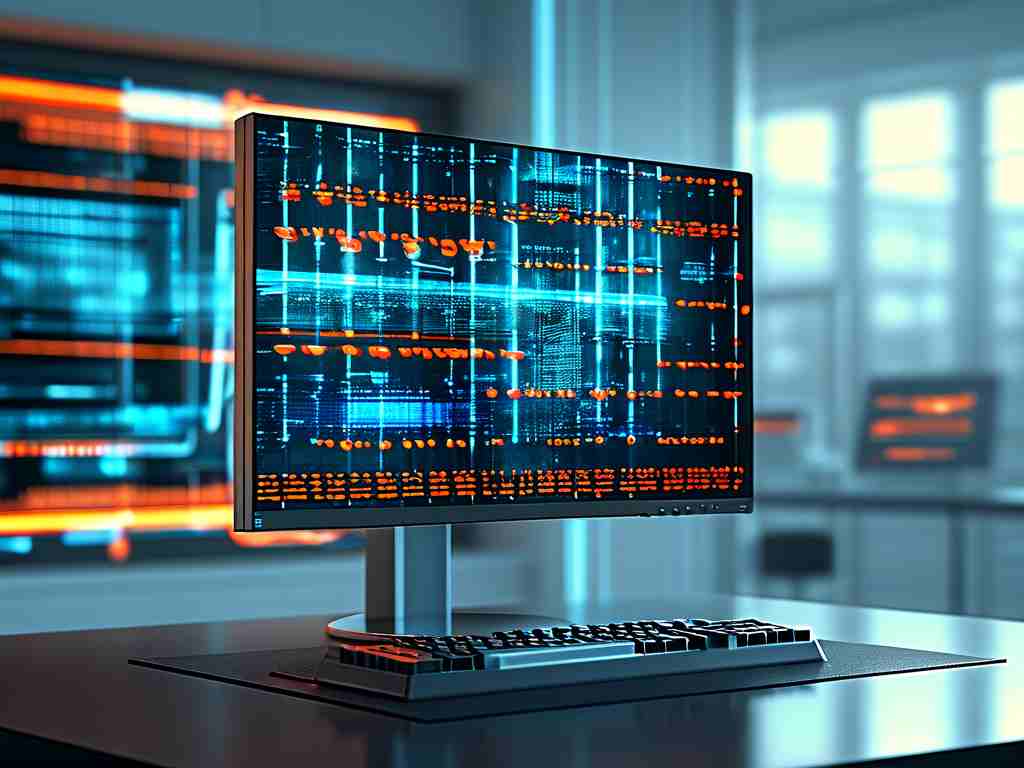Virtual memory is a foundational technology in modern computing systems, enabling efficient memory management and expanding the capabilities of physical hardware. At its core, virtual memory abstracts the physical memory (RAM) into a larger, logical address space that applications can use seamlessly. This abstraction allows programs to operate as if they have access to more memory than is physically available, while the operating system handles the complexities of mapping virtual addresses to physical ones. This article explores the principles, mechanisms, and significance of virtual memory in computer architecture.
What Is Virtual Memory? Virtual memory is a memory management technique that creates an illusion of a vast, contiguous memory space for applications. It decouples the logical memory addresses used by software from the physical addresses of hardware RAM. By doing so, it solves critical challenges such as limited physical memory, fragmentation, and process isolation. For example, a program might reference a memory address like 0x00007FFA, which maps to a specific physical location only when actively used.
How Virtual Memory Works The implementation of virtual memory relies on two key components: paging and segmentation.
-
Paging: Physical memory is divided into fixed-size blocks called frames, while virtual memory is split into pages of the same size. When a program requests data, the Memory Management Unit (MMU) translates virtual page numbers to physical frame numbers using a page table. If the required page is not in RAM (a page fault), the operating system retrieves it from secondary storage (e.g., a disk).
-
Segmentation: Memory is divided into variable-sized segments based on logical units (e.g., code, stack, heap). Each segment has permissions (read/write/execute) and a base address. Segmentation provides finer control but is less common in modern systems due to fragmentation issues.
The Role of the Page Table The page table acts as a lookup directory for translating virtual addresses to physical ones. Each entry in the page table contains:
- A valid bit indicating whether the page is in RAM.
- A frame number pointing to the physical location.
- Access control bits (e.g., read/write permissions).
To speed up translations, CPUs use a Translation Lookaside Buffer (TLB), a cache storing recent page table entries. TLBs reduce latency by avoiding repeated accesses to the main page table.

Handling Page Faults When a program accesses a page not present in RAM, a page fault occurs. The operating system then:
- Identifies a free frame or evicts an existing page (using algorithms like LRU or FIFO).
- Loads the required page from disk into the frame.
- Updates the page table and TLB.
- Resumes the interrupted instruction.
This process ensures that applications run smoothly, even with limited physical memory.
Benefits of Virtual Memory
-
Memory Expansion: Programs can use more memory than physically available, enabling complex applications like video editing or machine learning.
-
Isolation and Security: Each process operates in its own virtual address space, preventing unauthorized access to other processes' data.

-
Simplified Programming: Developers no longer need to manually manage memory overlays or worry about physical constraints.
-
Multitasking Efficiency: Multiple applications can run concurrently, sharing physical memory without interfering with one another.
Challenges and Trade-offs While virtual memory offers immense advantages, it introduces overhead:
- Performance Overhead: Frequent page faults degrade performance, especially if disk I/O is involved.
- Complexity: Implementing and optimizing page tables, TLBs, and replacement algorithms requires significant OS-level effort.
- Resource Consumption: Page tables consume memory, and TLBs add hardware complexity.
Real-World Applications
-
Modern Operating Systems: Windows, Linux, and macOS rely on virtual memory for process management. Features like swap files (Windows) or swap partitions (Linux) extend RAM capacity using disk space.
-
Gaming Consoles: Systems like the PlayStation 5 use virtual memory to handle large game assets efficiently.
-
Cloud Computing: Virtualization technologies, such as VMware, leverage virtual memory principles to allocate resources across virtual machines.
Future Trends As computing evolves, virtual memory continues to adapt:
- Non-Volatile RAM (NVRAM): Emerging storage-class memory could blur the line between RAM and disk, reducing page fault penalties.
- Heterogeneous Systems: GPUs and accelerators now support virtual memory, enabling unified addressing across CPUs and co-processors.
Virtual memory remains a cornerstone of computer architecture, bridging the gap between software demands and hardware limitations. By enabling efficient memory utilization, process isolation, and scalable multitasking, it underpins everything from smartphones to supercomputers. As technology advances, innovations in memory hierarchies and storage will further refine this critical system, ensuring its relevance in the era of big data and AI-driven applications.









